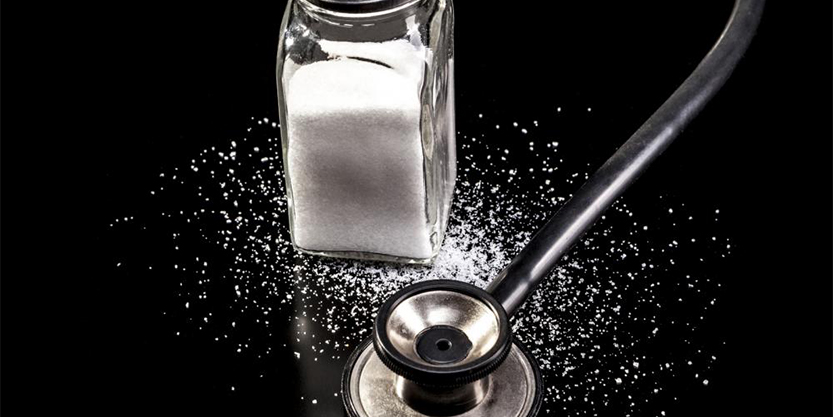Foods to Avoid When Managing High Blood Pressure
Diet plays a significant role in the development and management of blood pressure. A diet which is higher in calories and fat can lead to obesity which is one of the major risk factors in high blood pressure development. Just as there are foods that can help in controlling and managing blood pressure, there are foods that increase blood pressure.
Hypertension is a disease that can be treated or managed by maintaining a healthy diet and an active lifestyle. If you have hypertension or are at risk of high blood pressure, you can easily modify your diet to prevent the serious consequences of hypertension.
The Culprit
Sodium is the villain for individuals at risk of heart disease or living with hypertension. According to World Health Organization (WHO), individuals living with hypertension should restrict their daily intake of sodium to less than 5mg. However, an average European consumes around 7-12g of sodium every day!
About 75% of consumed salt comes from processed foods and sodium included in meals at cafes, restaurants and other food establishments.
Foods to Avoid
Here are the foods that you must avoid as they play a role in increasing your blood pressure:
1. Canned Beans
For preservation purposes, these canned goods are loaded with sodium. It is best to opt for fresh beans. However, if you want to use canned beans, first, place them in a colander and rinse them thoroughly with water. This will help in washing away most of the sodium.
2. Alcohol
Alcohol consumption has surprisingly found to decrease the risk of heart disease, but of course, there is a catch. It must be done in moderation – one serving a day for women and two servings a day for men. Consumption of more than the recommended servings can lead to dehydration and gradual weight gain – both of these increase blood pressure levels.
3. Bacon
Bacon is also loaded with sodium which can increase the blood pressure. Merely three slices of bacon have 270 mg of sodium and 4.5 grams of fat.
4. Premade Soups
Even with nutritious veggies, premade soups include a high amount of sodium. Unfortunately, while you can rinse off the sodium from canned beans, you can’t do that with premade soup. It is best to make fresh soup or opt for premade soups which have ‘reduced salt’ or ‘low in sodium’ labels on their packaging.
5. Packaged and Processed Meats
These include hot dogs, breakfast sausages and more. Packaged and processed meats are also loaded with sodium and saturated fats, both of which play a major contributing role in hypertension. Avoid the refrigerated section of your grocer and opt for fresh meat instead. Remember, having high blood pressure doesn’t mean you have to deprive yourself. It is more about eating smart to keep your body healthy. Opt for the DASH diet, one of the most effective diets in managing and reducing high blood pressure. It includes whole grains, beans, nuts, fruits, and vegetables to ensure you are full and healthy throughout the day.


